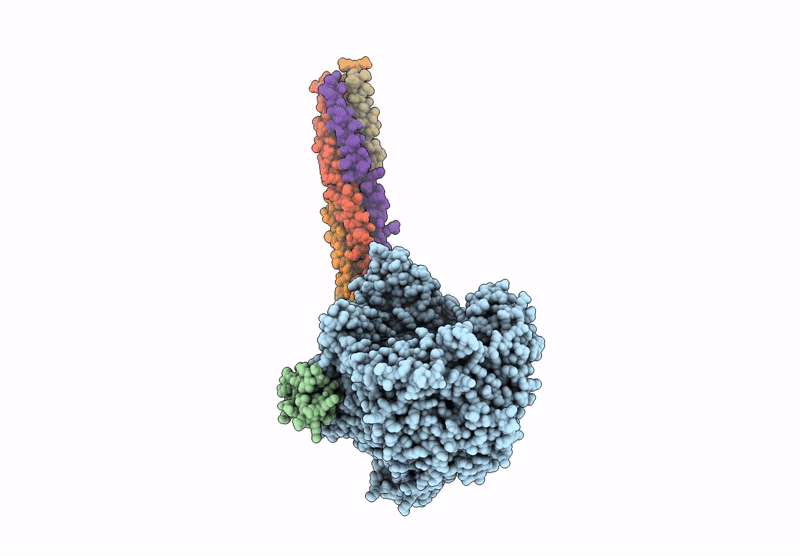
Deposition Date
2024-07-13
Release Date
2024-12-11
Last Version Date
2025-07-23
Method Details:
Experimental Method:
Resolution:
3.19 Å
Aggregation State:
PARTICLE
Reconstruction Method:
SINGLE PARTICLE


